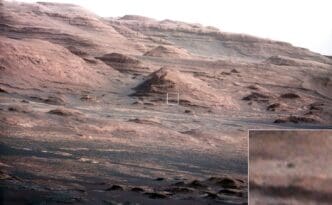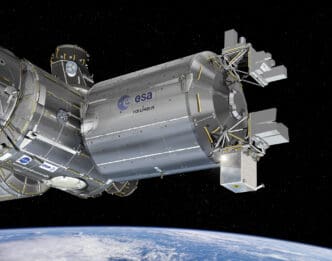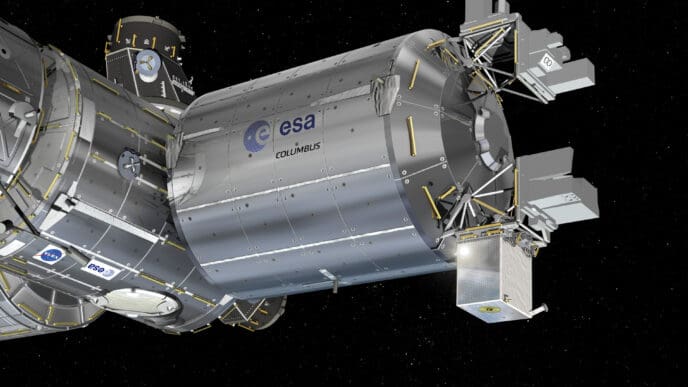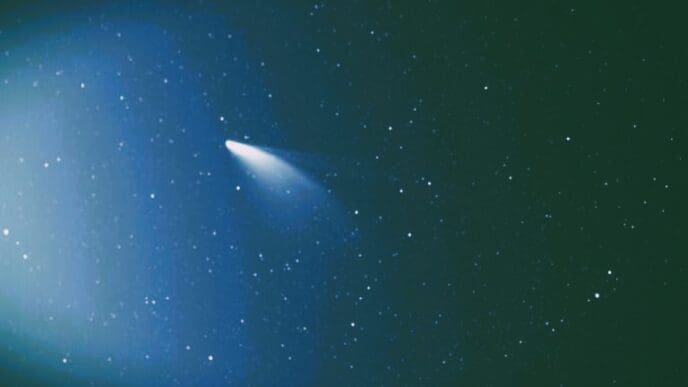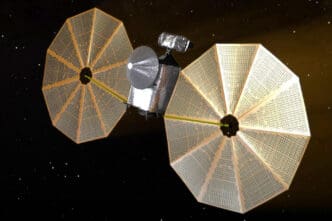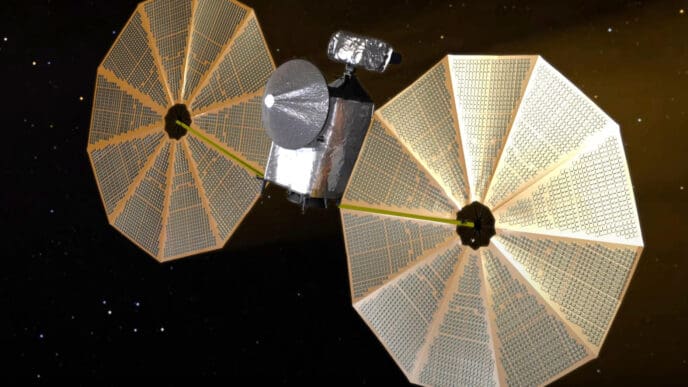Recent analyses conducted by NASA’s Curiosity rover on the slopes of Mount Sharp in Gale Crater, Mars, have unearthed significant findings about the planet’s geological and climatic history. The rover, which has been navigating the Martian terrain since its landing in 2012, has identified layers of rock rich in carbonate minerals, particularly siderite, a type of iron carbonate. These findings suggest an ancient transition on Mars from a warmer, wetter climate to one that is cold and arid.
The towering Mount Sharp, rising 5.5 kilometers above the crater floor, has provided a timeline of Martian environmental change. The Curiosity rover has been pivotal in this exploration, employing its scientific instruments to study rocks that date back over 3.5 billion years. The recent discovery of carbonate-rich deposits was unexpected and contradicts previous geological mappings of the planet from space.
The presence of these carbonates indicates a historical period where Mars’s atmosphere was thicker, enabling liquid water to flow on its surface. This thicker atmosphere, likely dominated by carbon dioxide, presents a solution to the mystery of Mars’s ancient climate. The current thin atmosphere on Mars causes any liquid water to rapidly vaporize, highlighting a dramatic atmospheric transformation over eons.
In a study published in the journal Science, researchers propose that during the drying phase of an ancient Martian lake, carbon dioxide was cyclically released back into the atmosphere through chemical reactions, forming sulfur-bearing minerals. This points to a previously active carbon cycle that could have supported life billions of years ago. However, unlike Earth, Mars’s carbon cycle ceased as the planet cooled and lost much of its atmosphere to space.
Insights from these findings have resonated with planetary scientists, suggesting conditions that might have once supported life on Mars. Observations from orbit, including studies of clay minerals in other Martian regions like Mawrth Vallis, align with these results, reinforcing the concept of an ancient, habitable Mars.
The Evolving Landscape
The Curiosity rover’s discovery of carbonate minerals on Mars offers profound implications for understanding the planet’s past and its potential for life. This scientific breakthrough enhances the comprehension of planetary atmospheres and their evolution, shedding light on the significant climatic shifts that have occurred over billions of years. For researchers and space enthusiasts alike, these findings deepen the narrative of Mars as a dynamic world and expand the scope for future exploration missions.
The discovery also prompts reflection on Earth’s own atmospheric history and stability. It challenges scientists to consider how unique Earth’s long-standing habitability might be within the universe. The Martian carbon cycle, though incomplete, draws parallels to Earth’s, providing a comparative framework for studying planetary climates. As space exploration continues, insights gleaned from Mars could inform our understanding of atmospheric processes and the sustainability of life in broader cosmic contexts.

